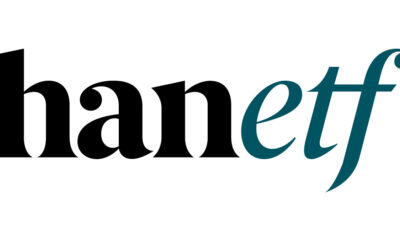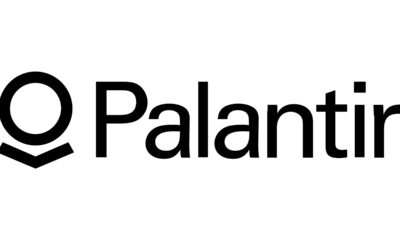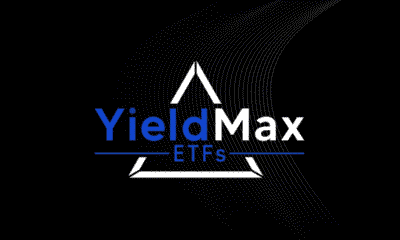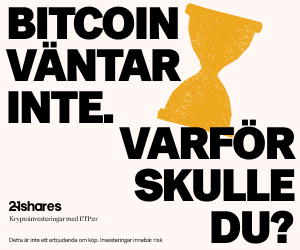Ett potentiellt problem för energisektorns ETFer. Energy Select Sector SPDR (NYSEArca: XLE) har utvecklats mycket väl under 2016 med en kursuppgång på dryga elva (11) procent sedan årsskiftet. Uppgången kommer efter två år, 2014 och 2015, när denna ETF var den sämsta av SPDRs börshandlade sektorfonder.
Många investerare är emellertid oroliga för trovärdigheten i det senaste oljerallyt, något som bekräftas av den senaste tidens tillbakadragande när det gäller oljebaserade börshandlade produkter. Utgången förblir en annan källa till oro för energi investerare och frågan är tvåfaldig när det gäller problem för energisektorns ETFer
Det finns inget som tyder på att vi kommer att få se några produktionsminskningar från världens största oljeproducerande nationer i närtid. För det andra, även om vi kommer att få se dramatiska minskningar på produktionssidan så säger vissa energimarknadsbedömare att effekten kommer att bli försumbar på företagen inom energisektorn, och därmed också på börshandlade fonder som XLE. Ett potentiellt problem för energisektorns ETFer.
Den amerikanska skifferproduktionen är fortsatt hög
Den amerikanska skifferproduktionen är fortsatt hög och det finns få, om än några tecken på att medlemmarna i OPEC är beredda på att göra några produktionssänkande åtgärder. Trots detta finns det bedömare som anser att det värsta nu är över för energisektorn.
Oljepriset började det andra kvartalet 2016 med att se hur Saudiarabiens vice kronprins Mohammed bin Salman uppgav att Saudiarabien inte kommer att delta i ett program för att minska produktionen av råolja utan medverkan av Iran och andra stora producenter. Prinsen sade också att landet skulle kunna öka sin produktion om något annat land valde att öka sin produktion av råolja.
I mitten av april möttes representanter för länder som tillsammans står för 60 procent av världens oljeproduktion i Doha för att försöka nå en överenskommelse om att frysa produktionen av olja. Det fanns inga direkta förhoppningar om några större nedskärningar, men inte ens ett symboliskt avtal lyckades länderna enas om. Oljepriset föll markant när handeln startade.
Olja
Pris på olja, både på WTI och Brent. Du kan se det aktuella priset på WTI- och Brent-olja, samt hur det oljepriset har utvecklats över olika tidsperioder. Överst visas WTI-priset och under det Brent-priset.
WTI (West Texas Intermediate), även känd som Texas Light Sweet, är den typ av olja som oftast används som riktmärke för prissättning av olja. WTI handlas i New York. Brent är den typ av olja som är vanligast i Europa. Oljefutures går till leverans varje månad året om. Olja handlas bland annat på New York Mercantile Exchange under tickersymbolen CL (avser Light Sweet Crude Oil) och huvudkontraktet prissätts i USD och cent per fat.
Inga nedskärningar att vänta från Iran
Iran, ett land som nyligen åter börjat sälja sin olja på de globala marknaderna efter åratal av sanktioner och embargon har ökat produktionen för global försäljning. Landet har meddelat att de inte kommer att gå med på en produktionsnedskärning innan dess produktion når nivåerna som Iran hade innan sanktionerna infördes.
Det är emellertid viktigt att som investerare ha i åtanke att även om det finns stora likheter mellan de börshandlade fonder som fokuserar på energisektorn så finns det också stora skillnader. Till exempel, XLE och många av deras kapitalviktade konkurrenter, har valt att lägga en stor del av sitt kapital i de största energiföretagen som Exxon Mobil (NYSE: XOM) och Chevron (NYSE: CVX), de två största amerikanska oljebolagen. Oljebolagen har dragit åt svångremmen, minskat sina kostnader genom att säga upp tusentals anställda och stoppa nya projekt. De stora integrerade oljebolagen förväntas klara sig bättre än än att prospekteringsbolagen eftersom dessa jättar har både uppströms prospektering och produktion, tillsammans med efterföljande raffinering.
Många oljeproducerande nationer behöver intäkterna
När det gäller produktionen är det många av de oljeproducerande länderna som behöver intäkterna från denna, även om den sker till kostnaden av pressade oljepriser.
OPEC medlemmar är inte de enda som behöver oljeintäkter. Ryssland har också höga åtaganden och kan behöva öka de skattefinansierade utgifterna inför presidentvalet 2018. Rysslands oljesektor har emellertid den extra fördelen av en försvagad valuta. Detta är inte en lyx Gulfstaternas samarbetsråd (GCC) länder har eftersom de är fast beslutna att behålla sin valuta knuten till den amerikanska dollarn.
SPDR Energy Select Sector ETF (NYSEArca: XLE)
Detta är en av SPDRs så kallade ”sektor-ETFer”. Investeringen syftar till att ge ett investeringsresultat som, före kostnader, i stort motsvarar kursen och utvecklingen för de börsnoterade aktier i företag som ingår i Energy Select Sector Index. I sin strävan att följa utvecklingen för indexet, använder fonden en replikeringsstrategi. Den här börshandlade fonden investerar i allmänhet i huvudsak alla, men åtminstone 95 procent, av de totala tillgångarna i värdepapper som ingår indexet. Indexet omfattar företag från följande branscher: olja, gas och förbruknings bränslen; och energiutrustning och tjänster.

 Nyheter4 veckor sedan
Nyheter4 veckor sedan
 Nyheter4 veckor sedan
Nyheter4 veckor sedan
 Nyheter3 veckor sedan
Nyheter3 veckor sedan
 Nyheter4 veckor sedan
Nyheter4 veckor sedan
 Nyheter4 veckor sedan
Nyheter4 veckor sedan
 Nyheter4 veckor sedan
Nyheter4 veckor sedan
 Nyheter2 veckor sedan
Nyheter2 veckor sedan
 Nyheter3 veckor sedan
Nyheter3 veckor sedan






















